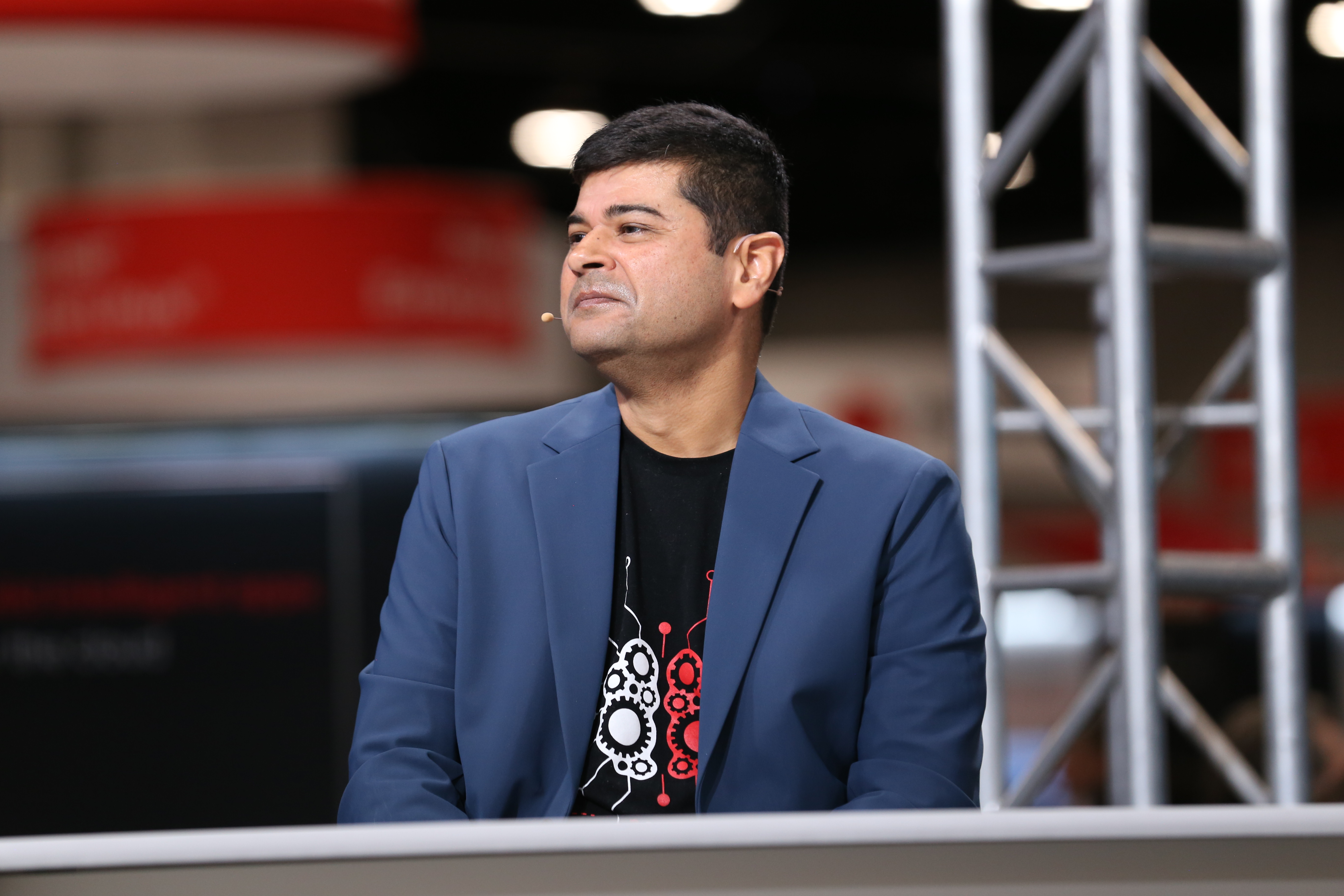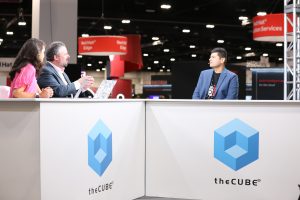 AI
AI
 AI
AI
 AI
AI
As artificial intelligence continues to gain prominence, a pressing question emerges: how can AI be made more user-friendly and accessible? Red Hat Inc. is at the forefront of addressing this challenge, striving to enhance AI accessibility by simplifying its deployment and making it more adaptable across diverse industries. Through initiatives such as RHEL AI and OpenShift AI, Red Hat is pioneering efforts to integrate open-source principles into AI, expanding its accessibility and functionality for developers and businesses alike.

Red Hat’s Ashesh Badani talks to theCUBE about AI accessibility.
“You don’t need a massive model if you’re doing customer support,” said Ashesh Badani (pictured), senior vice president and chief product officer at Red Hat. “Your model doesn’t need to know about how to predict future weather patterns. Can we just give it enough knowledge and skills to do that job and that job really well … much more cheaply, much more efficiently.”
Badan spoke with theCUBE Research’s Rebecca Knight and Rob Strechay at Red Hat Summit, during an exclusive broadcast on theCUBE, SiliconANGLE Media’s livestreaming studio. They discussed making AI truly open-source, the introduction of RHEL AI, Red Hat’s AI product strategy and where it’s going. (* Disclosure below.)
One of today’s big announcements was RHEL AI, a lightspeed-generative AI across both cloud platform and tools. This AI combines the critical components of Linux platform with a supported, life-cycled distribution of the InstructLab project, further expanding the role of open source in AI. With RHEL AI, developers can run a multi-server environment, which prompted Red Hat to introduce OpenShift AI.
“With OpenShift AI, you can use models that we provide and RHEL AI capabilities of course,” Badani said. “You can also bring your own model from anywhere, from Mistral or Llama or maybe some fine-tuned model that a company’s got … will help support and lifecycle that.”
It’s hard for companies to keep up with the rate of change in pace of AI accessibility, and Red Hat is working hard to mitigate these problems. After simplifying and extracting the value of Linux and Kubernetes for customers, Red Hat is turning its sights on AI, according to Badani
“We’re applying that same playbook to AI, because there are now so many options out there and there’s so much confusion around how permissive and non-permissive these are, plus requirements that customers have,” He said. “They are evolving and changing and we’re doing now the same on the AI front. It doesn’t feel like it’s that different from our history. It feels like we’re building on heritage, we’re building on the shoulders of giants like we’ve historically done.”
Here’s the complete video interview, part of SiliconANGLE’s and theCUBE Research’s coverage of Red Hat Summit:
(* Disclosure: Red Hat Inc. sponsored this segment of theCUBE. Neither Red Hat nor other sponsors have editorial control over content on theCUBE or SiliconANGLE.)
Support our mission to keep content open and free by engaging with theCUBE community. Join theCUBE’s Alumni Trust Network, where technology leaders connect, share intelligence and create opportunities.
Founded by tech visionaries John Furrier and Dave Vellante, SiliconANGLE Media has built a dynamic ecosystem of industry-leading digital media brands that reach 15+ million elite tech professionals. Our new proprietary theCUBE AI Video Cloud is breaking ground in audience interaction, leveraging theCUBEai.com neural network to help technology companies make data-driven decisions and stay at the forefront of industry conversations.